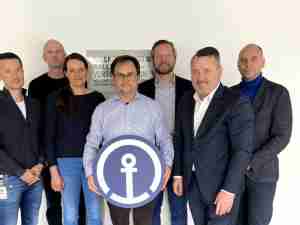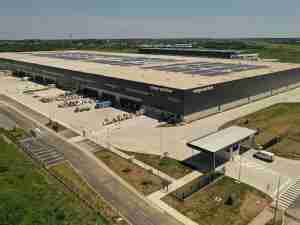"There are numerous new software products available to the freight forwarding and logistics industries today; however, our experience indicates that many companies are not evaluating the true cost of maintaining their legacy systems," says Robinson. "While these existing software systems may appear to function adequately, processes may be based on outdated software philosophies and skill sets that might not deliver what customers demand in today's competitive environment. Newer technologies are available that can streamline and improve operational efficiencies, while saving time and reducing costs."
Robinson points out that in order for forwarders to truly understand the actual costs of maintaining legacy IT systems, they should consider conducting a Requirements Analysis Process (REAP) to compare their existing supply chain software system performance and costs to the benefits offered by newer, advanced software technologies. A complete analysis of the true cost of the operating methods in place will provide valuable insights into how a company can benefit with improved software technology and move forward more effectively and efficiently.
"The software applications companies run within their businesses dictate their operating procedures and capabilities as a business," she says. "These applications should help companies move ahead by offering more value to customers with improved service options. Legacy systems can be very difficult and expensive to improve and expand upon if not done in an appropriate fashion. There is often a general lack of understanding of the existing, outdated system throughout the organization because staff members who were once experts on it have retired and new personnel have not been properly trained. By implementing new systems with improved documentation processes and better scalability options, a company can help to 'future-proof' their business and be better prepared for change and growth in the coming years."
Robinson says one lesson she has learned in more than 22 years in the forwarding industry is that every business either moves forward in capabilities or languishes with the status quo. Companies can never stand still if they are to continue as thriving enterprises.
"In my view, the same is true of software systems," she says. "No facet of the supply chain is advancing more rapidly right now than technology; and companies must evolve their systems in order to remain competitive. No matter how much one patches and glues an outdated legacy system, it will become more fragmented and exasperating to work with over time. As customers improve their own technologies, they will require their vendors to keep up with the pace of technology and will expect added services and efficiencies."
An outdated, proprietary legacy system can also be restrictive in terms of accessing data and information and is much less malleable to work with when it comes to making enhancements, Robinson comments. Eventually it becomes difficult for these systems to meet customer demands. Her suggestion is to re-develop outdated software in a timely, sensible manner if companies are to enhance their operating services and improve customer offerings in a cost effective fashion. Any delay in redeveloping enterprise systems can become a very costly and time-consuming process, as both partners struggle to play catch-up with the new technology and retrain the IT developers required for today's modern software language tools. Uninterrupted customer integration and continuity of customer service is critical when enhancing and releasing a brand new version of a software platform.
"When re-developing





_-_28de80_-_d88095865f9f1cbb4ecdd37edf61c63efd603428_lqip.png)

